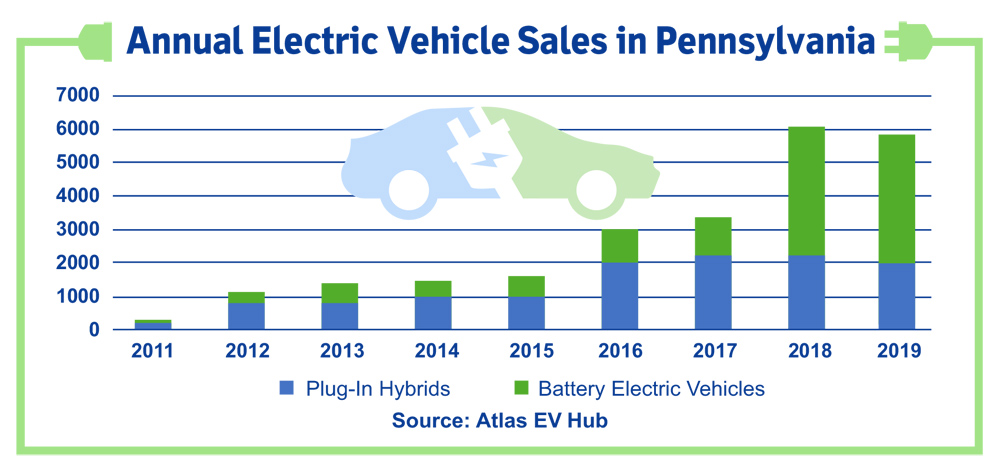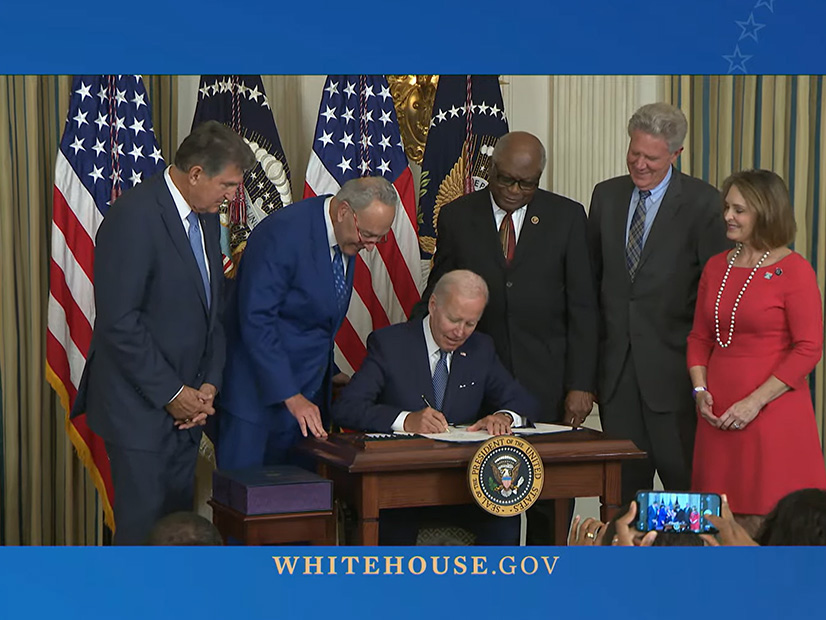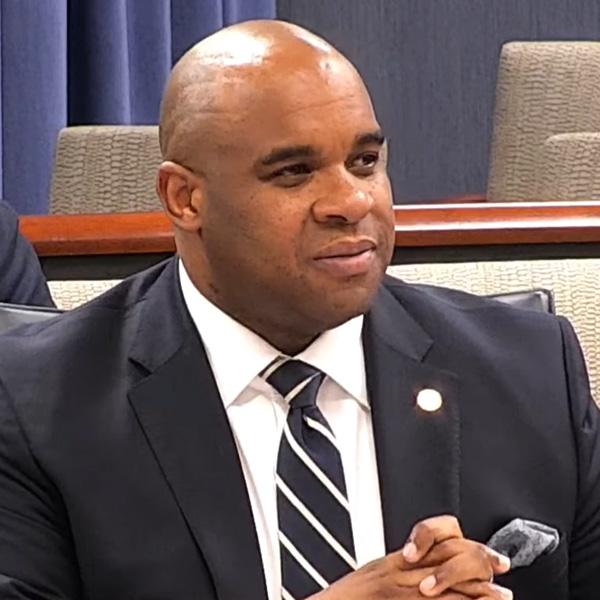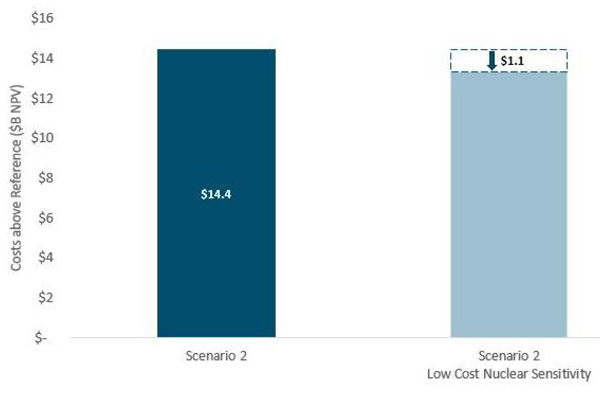Under new U.S. policies, federal contractors will have to disclose their greenhouse gas emissions and climate risks, and natural gas producers will have to respond quickly to reports of large methane leaks, President Biden announced at the U.N.’s 27th Conference of the Parties (COP27) in Sharm el-Sheikh, Egypt, on Friday.
“As the world’s largest customer, with more than [$630 billion] in spending last year, the United States government is putting our money where our mouth is to strengthen accountability for climate risk and resilience,” Biden said of the administration’s new guidelines for federal suppliers.
In a speech that highlighted his administration’s commitments to climate action at home and abroad, the president called on all countries to both raise their targets for emissions reductions and accelerate their progress toward achieving them.
“To permanently bend the emissions curve, every nation has to step up,” Biden said. “The United States is acting. Everyone has to act. That’s the duty and responsibility of global leadership.”
Current economic and political challenges — inflation, food and energy insecurity, and Russia’s invasion of Ukraine — make it “more urgent than ever that we double-down on our climate commitments,” Biden said. “True energy security means that every nation … is benefiting from a clean, diversified energy future” in which no country can “use energy as a weapon and hold the global economy hostage.”
He told a full conference hall, “with confidence,” that the U.S. would meet its commitment to reduce its emissions 50 to 52% below 2005 levels by 2030, the goal he set shortly after taking office in 2021. The U.S.’ flagship climate law, the Inflation Reduction Act, is expected to cut emissions 40%, according to estimates from the U.S. Department of Energy.
He also pointed to the U.S.’ recent ratification of the Kigali Amendment, which commits the country to cutting its use of hydrofluorocarbons — a potent greenhouse gas commonly used in air conditioning and refrigeration — by 45% by 2024 and 85% by 2036.
With the passage of the IRA, “we are proving that good climate policy is good economic policy,” Biden said. “It’s a strong foundation for durable, resilient, inclusive economic growth. It’s driving progress in the private sector. It’s driving progress around the world.”
Focusing on U.S. support for Africa, Biden announced a $500 million package, financed by the U.S., the EU and Germany, “that will enable Egypt to deploy 10 GW of renewable energy by 2030, while bringing offline 5 GW of inefficient gas-powered facilities.” The initiative will cut Egypt’s emission’s 10% and allow the country to increase its climate commitments, Biden said.
“If countries can finance coal in developing countries, there is no reason why we can’t finance clean energy in developing [countries],” he said.
He also pointed to “a partnership between American firms and the government of Angola to invest $2 billion to build new solar projects” in the country.
Biden’s announcements were primarily targeted at climate adaptation and mitigation, as opposed to the more sensitive issue of “loss and damage,” a key theme during the conference.
The issue turns on developing countries’ argument that while they produce only a small portion of the world’s greenhouse gases, they are more vulnerable to the impacts of climate change. Developed countries, who produce the majority of the world’s greenhouse gases, should therefore pay developing nations restitution for the loss and damage they have experienced from extreme weather events fueled by climate change.
While not mentioned in the president’s speech, Special Climate Envoy John Kerry earlier in the week included loss and damage in a list of climate initiatives the U.S. hoped to push forward at the conference.
Other funding the president announced included a doubling of U.S. contributions to support climate adaptation in developing countries from the $50 million pledged last year at COP26. The U.S. will also provide an additional $150 million for a range of adaptation initiatives across Africa, under the President’s Emergency Plan for Adaptation and Resilience (PREPARE), Biden said.
The funds will be used, in part, for an early warning system to alert countries to potential extreme weather events and other climate-related disasters, and to bolster adaptation programs aimed at increasing food security.
Federal Supplier Rules
The administration rolled out a range of climate-related initiatives in the week leading up to the president’s address in Sharm el-Sheikh, including the new proposed Federal Supplier Climate Risks and Resilience rule and more aggressive regulations for cutting methane emissions.
According to information from the White House Council on Environmental Quality (CEQ), the proposed emission reporting requirements for federal suppliers would depend on the amount of business they do with the government. Suppliers with contracts in excess of $50 million would be required to report on their Scope 1, Scope 2 and “relevant categories” of their Scope 3 greenhouse gas emissions, as well as on their climate-related financial risks, and set “science-based emission reduction targets.”
Scope 1 emissions are direct emissions from a company’s operations and owned assets, including emissions from a business’s vehicle fleet. Scope 2 covers emissions from the energy a company purchases, including electricity; while Scope 3 are the indirect emissions generated up and down a company’s value chain and not under the company’s direct control.
Federal suppliers with contracts between $7.5 million and $50 million would only have to report their Scope 1 and 2 emissions, and smaller suppliers, with contracts under $7.5 million, would be exempt from the requirements.
The CEQ’s announcement said that, like other sectors of the economy, the federal government has been affected by supply chain disruptions over the past year. The proposed rules “would strengthen the resilience of vulnerable federal supply chains, resulting in greater efficiencies and reduced climate risk.”
According to the White House, since the federal government adopted its own climate goals, energy use from buildings and vehicles has dropped 32%, with savings estimated at $11.8 billion per year.
A 60-day comment period on the proposed rules will close on Jan. 13, 2023, the CEQ said.
Super-emitter Program
The new proposed rules for cutting methane emissions from the oil and gas industry are part of an updated plan for increasing U.S. methane emissions reductions under the Global Methane Pledge launched last year at COP26.
Led by the U.S. and European Commission, the pledge is aimed at cutting methane emissions worldwide 30% below 2020 levels by 2030. At present, more than 130 countries have joined the pledge. A major driver of climate change, methane is 80 times more potent at trapping heat than carbon dioxide for the first 20 years it is in the atmosphere.
The new proposed regulations, released by EPA, would ensure regular monitoring of all well sites for leaks, while also providing “industry flexibility to use innovative and cost-effective methane detection technologies, and a streamlined process for approving new detection methods as they become available.”
In addition, a super-emitter response program would leverage “remote methane detection technology to quickly identify … large-scale emissions for prompt control.”
Backing up the proposed rules, EPA will also use $1.55 billion from the IRA to provide financial and technical assistance for emissions monitoring and reduction, including $700 million for conventional wells with only marginal production.
EPA said the proposed rules are based on extensive input from industry stakeholders and close to half a million public comments. A new public comment period on the rules will run through Feb. 13.







